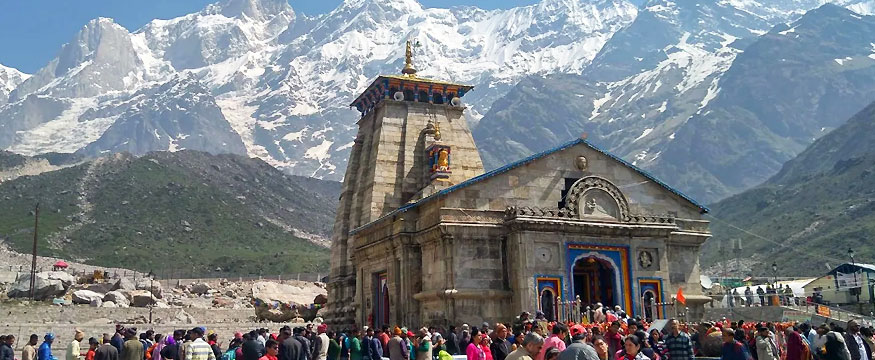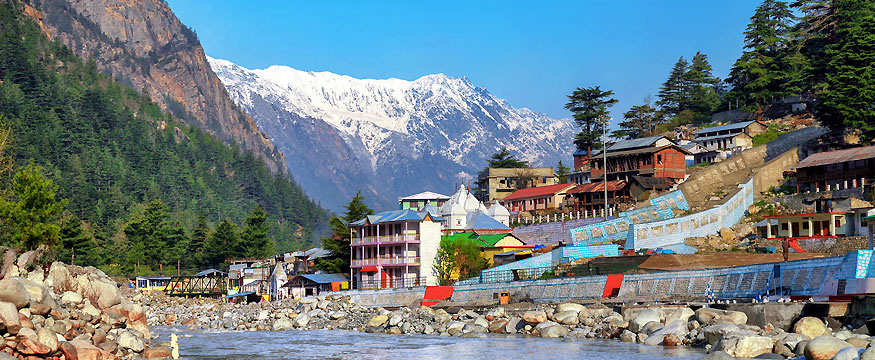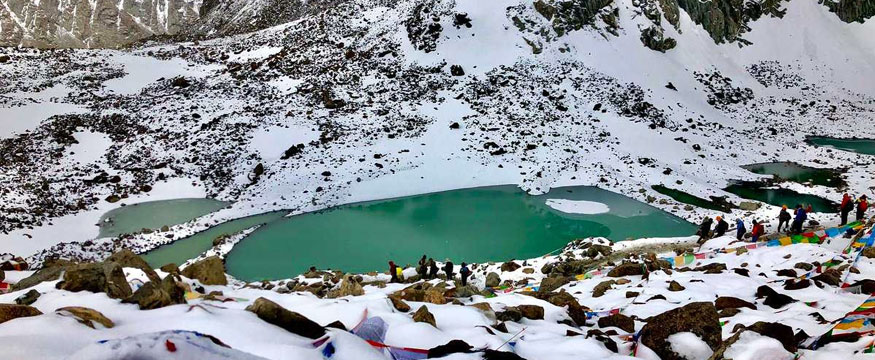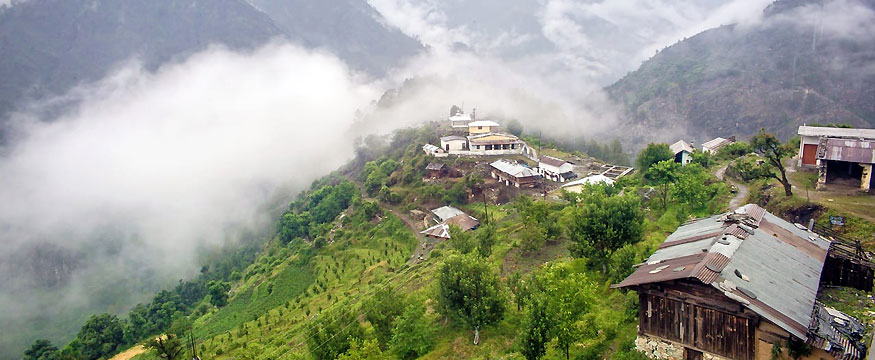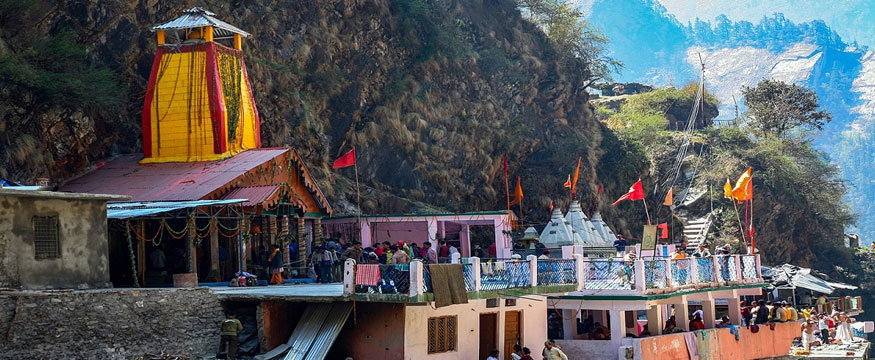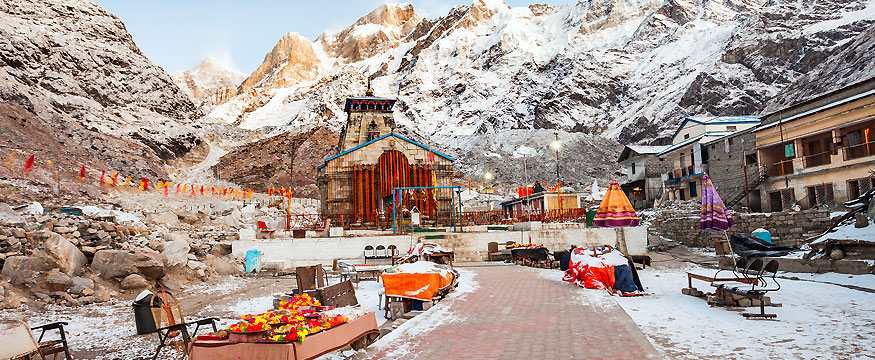01-12-2021 to 06-12-2023 (Available)
02-12-2021 to 07-12-2023 (Available)
03-12-2021 to 08-12-2023 (Available)
04-12-2021 to 09-12-2023 (Available)
05-12-2021 to 10-12-2023 (Available)
06-12-2021 to 11-12-2023 (Available)
07-12-2021 to 12-12-2023 (Available)
08-12-2021 to 13-12-2023 (Available)
09-12-2021 to 14-12-2023 (Available)
10-12-2021 to 15-12-2023 (Available)
27-01-2021 to 01-02-2023 (Available)
28-01-2021 to 02-02-2023 (Available)
29-01-2021 to 03-02-2023 (Available)
30-01-2021 to 04-02-2023 (Available)
31-01-2021 to 05-02-2023 (Available)
Frequently Asked Questions (FAQ's)
1What about the weather conditions in the mountain region?
Weather in mountains is completely unpredictable and hence one must remain prepared for all of its kind. Usually, nights are cold in comparison to days and hence travelers are suggested to take their extra warm clothes with them. Also, it depends on seasons too.
2 Are mobile networks affected during the trek?
It totally depends upon the kind of place you are at. In the intensely remote areas, you may not find networks or interrupted networks but in most of the areas, networks are available.
